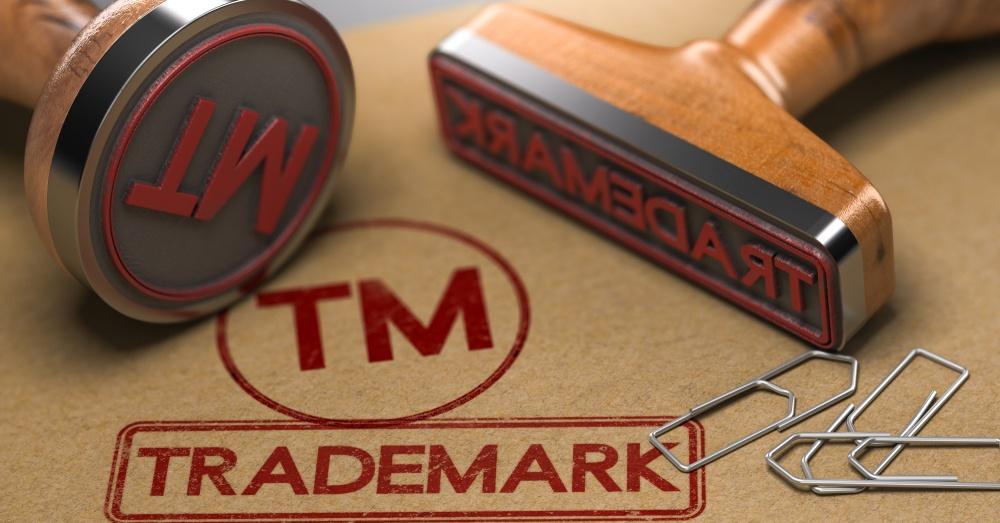Protecting your intellectual property (IP) starts with a strong trademark. Unfortunately, everyone from small startups to established companies can face trademark infringements, which can put their brand reputation at risk. If you want to stand out from your competition and ensure that your product has a viable future, it’s crucial to understand your options when it comes to trademark defense.
Luckily, The Trademark Place offers accessible and affordable trademark protection for every business or individual. Founded by skilled attorney Alec Allen Ross, The Trademark Place specializes in helping its clients navigate the trademark process — including defense against infringement. Read on to learn how to safeguard your trademark against infringement and address such scenarios before your business reputation is seriously damaged.
Protecting Your Trademark Through a Thorough Clearance Search
The best way to prevent trademark infringement is to conduct a thorough clearance search when establishing your trademark. Also called a due diligence search, this ensures that your proposed trademark is sufficiently unique from other businesses in the same category.
This preemptive search can protect you from a legal standpoint against future infringement issues, as you’ll have done your duty to ensure that your IP is branded in a unique way that won’t cause customer confusion.
Monitoring and Documenting Trademark Infringement
Once your trademark has been registered, you’ll want to actively monitor for any potential infringement. A trademark watch service, like the one offered by The Trademark Place, can monitor new trademark filings and track potential online infringements.
You’ll want to document any instances of infringement for use in any later legal documents. Screenshots of online infringements, email correspondence, or other materials are all important records to store.
Contacting the Infringing Party
If and when you do discover an infringement on your trademark, don’t immediately jump to legal action. Matters may be solvable through a simple cease and desist letter. It can help to have an experienced attorney contact the infringing party and demand that they cease infringement immediately. You’ll want to continue monitoring the offending party to ensure previous materials are removed and that no future infringements occur.
Beyond a Cease and Desist
Should the infringing party refuse to address the issue after receiving a cease and desist letter, further steps may need to be taken. However, there are still alternatives that can be pursued before a costly lawsuit. Attorneys can help you navigate Alternative Dispute Resolution (ADR), a less formal (and less expensive) form of mediation in which both parties come together to resolve a dispute.
Unfortunately, there are instances in which all other forms of mediation fail, and a lawsuit is the only path toward protecting your IP. If this becomes the case, you’ll need to file a complaint in federal court outlining the infringement, and requesting damages and injunctive relief. This is where all of your prior work protecting your trademark becomes crucial: the initial due diligence search, your records showcasing the infringement, and any other correspondence with the infringing party can all be beneficial to your case.
When it comes to a strong trademark defense, you shouldn’t navigate the process alone. Consider working with The Trademark Place to prevent any issues in the first place and to help protect your brand identity should copycats arise.

